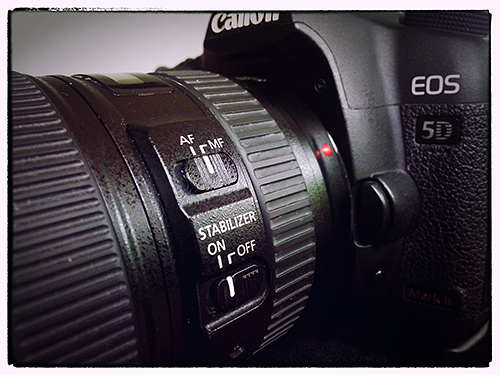
Tremors and shakes are constant problems in cameras, especially when shooting in low
Image stablization (IS) is a mechanism used to lessen the effects of in photographs blurs caused by movement/tremors to the camera when the camera is hand-held.
Now, alost all camera brands have this IS technology implemented into their lens or camera bodies.
But did you know that this technology has existed well before DSLRs were invented? The human and animal eye is actually equipped with a natural image stabilizer. Watch the following videos where the eyes of cats, chickens, owls, and humans are explained to have a built-in image stabilizer.
In humans, this ability is called “the vestibulo-occular reflex” or VOR. Quoted from Wikipedia, it’s explained that the VOR is:
“…. is a reflex eye movement that stabilizes images on the retina during head movement by producing an eye movement in the direction opposite to head movement, thus preserving the image on the center of the visual field. For example, when the head moves to the right, the eyes move to the left, and vice versa. Since slight head movement is present all the time, the VOR is very important for stabilizing vision: patients whose VOR is impaired find it difficult to read using print, because they cannot stabilize the eyes during small head tremors. The VOR does not depend on visual input and works even in total darkness or when the eyes are closed…”
It’s this exact technology that’s now found in lens or camera sensors today!
http://www.youtube.com/watch?feature=player_embedded&v=26bw-fF3QbY#t=0
One thing to note, the image stabilization technology has its limits. The IS can’t compensate for photo blurs caused by the movement of the photo subjects or extreme tremors to the camera. The IS is only designed to lessen the blurs of minor movement to the camera.
A more effective way to eliminate blurs is to use a tripod for your photography, but you must also need to take note of how Image Stabilization on a lens can backfire when mounted on a tripod.
















